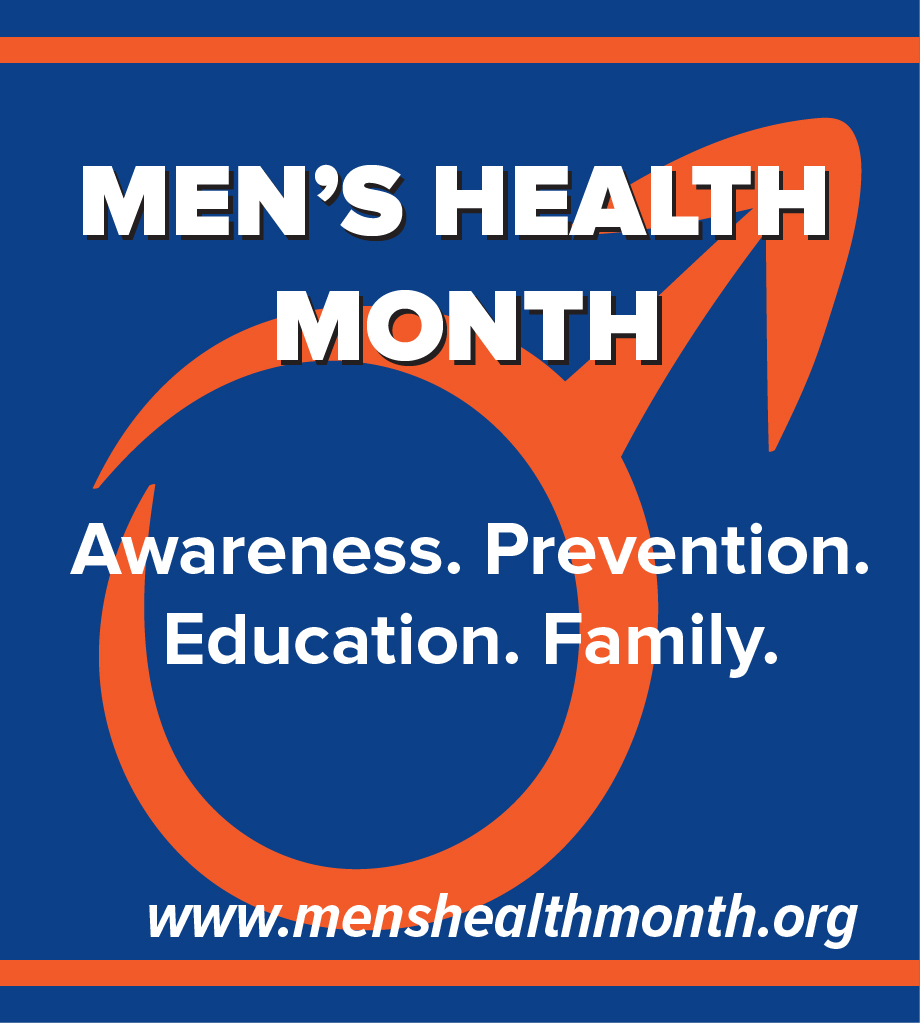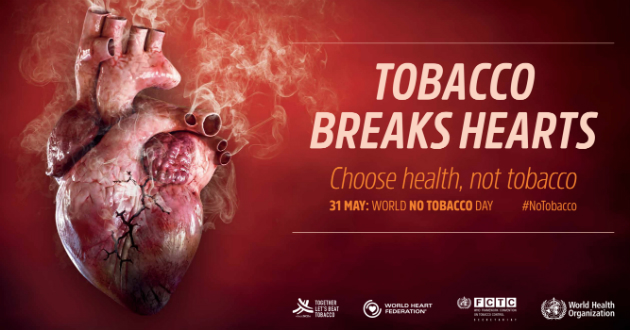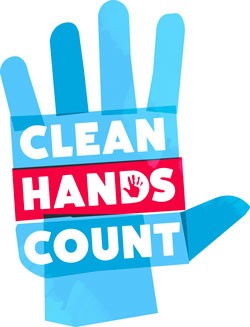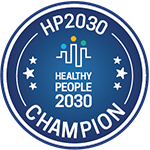Did you know there was a month entirely dedicated to raising awareness for issues impacting the health and wellness of men and boys? The month also coincides with Men’sHealthWeek (June11-17), a special awareness period created by Congress, and the #ShowUsYourBlue campaign on June 16 where men and women are encouraged to wear blue to work that day to show their support for the health and well-being of men boys and men. See our easy list of things to do to be active, aware, all month long.
- June is Men’s Health Month–spread the word and make sure every loved male in your life is living well
- Early screenings! They will not only save money in the long run but also save your life and/or make life easier to manage if diseases are caught early on
- Exercise, its summertime! Why do you think most TV shows and football are off? So men can finally go out and move around. (Note: there is no true correlation between summer broadcast schedule and reason to exercise) You shouldn’t need a reason to get at least 30 minutes of exercising in, just help your heart and just do it like Nike says.
- Father’s Day is coming up! Why not give your father figure in your life the gift of knowledge along with your gift. There are many resources at www.menshealthnetwork.net that help educate you and your father about risks of prostate cancer and other diseases that maybe prevalent to you.
- Keep reading this blog and others like it for the latest on how to improve and support men’s health.
- Remember that anyone can assist in the men’s health movement, and help is not limited by gender basis. Anyone can be supportive and help men make that first step towards a better life. Everyone should be an ally!
Helpful Links








